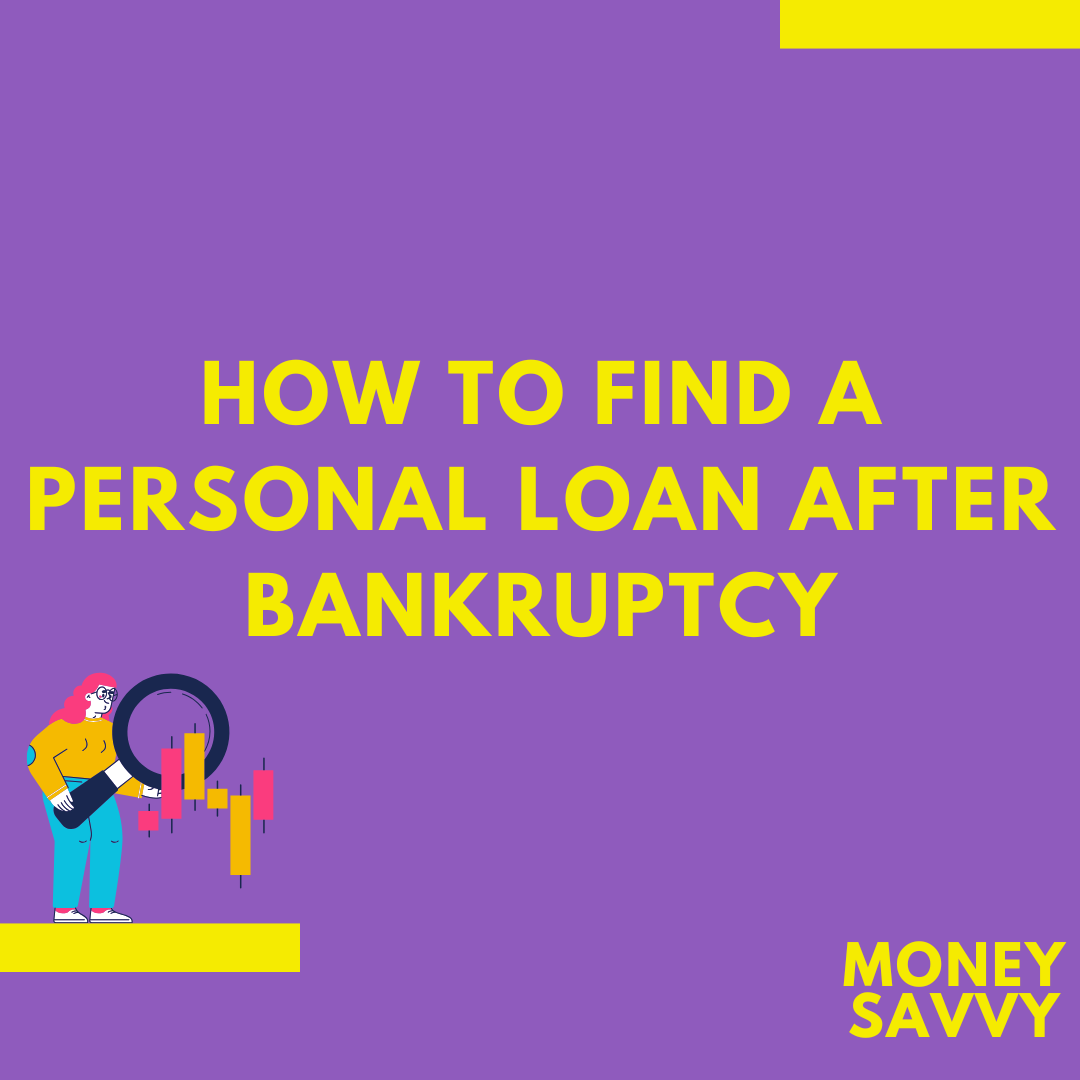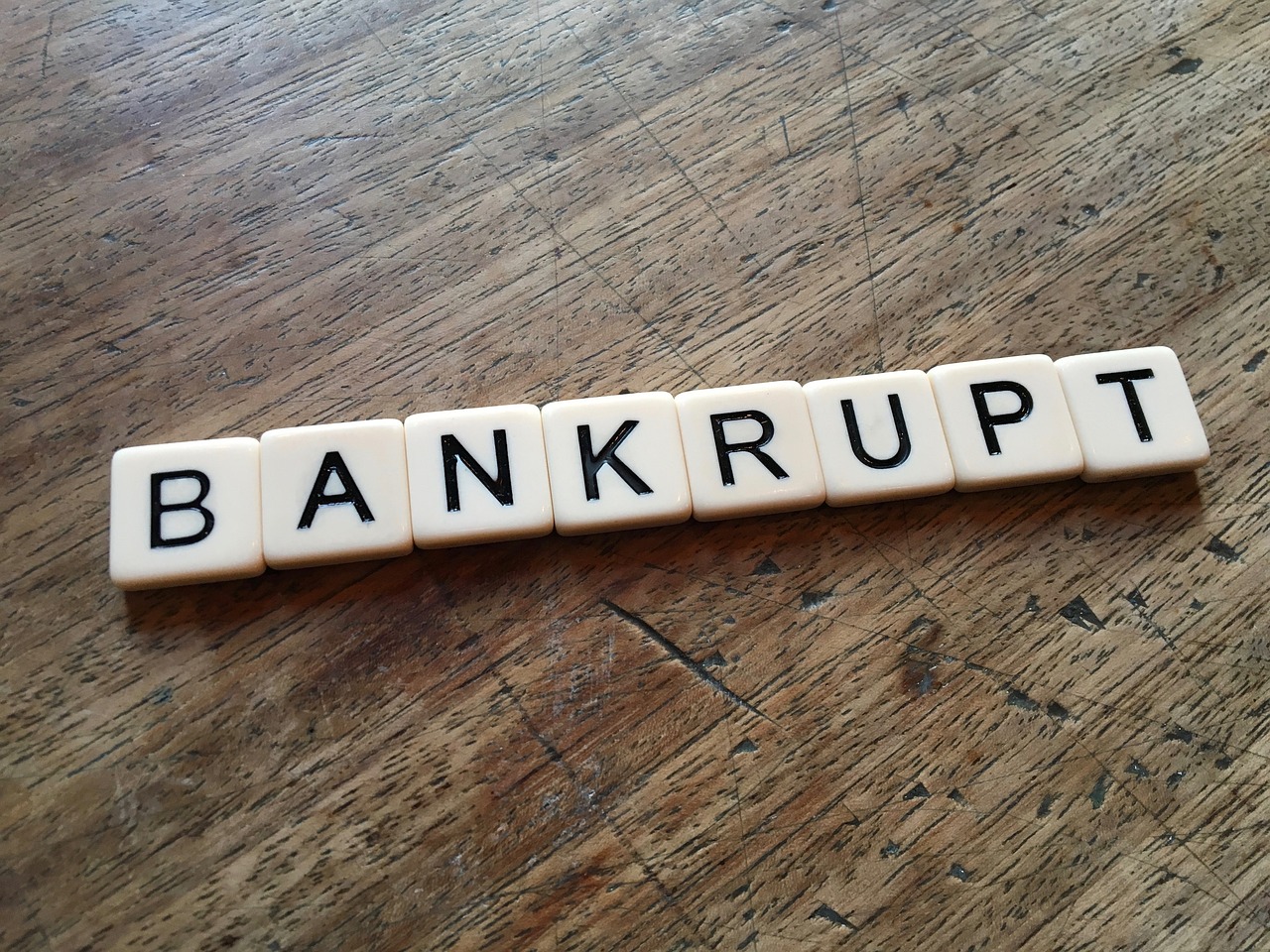Facing bankruptcy can be a life-altering experience, and while it may feel like the end of your financial road, it’s not. Rebuilding your credit and finding a personal loan after bankruptcy is not only possible but can also be a significant step toward financial recovery. While it may take time and effort, understanding how to navigate the process and knowing what to expect can make all the difference.

Understanding the Challenges of Securing a Personal Loan After Bankruptcy
Bankruptcy leaves a noticeable mark on your credit report, and most lenders view it as a sign of financial instability. Whether you’ve filed for Chapter 7 or Chapter 13 bankruptcy, the impact on your credit score is substantial. Chapter 7 bankruptcy stays on your report for ten years, while Chapter 13 lasts seven. This record often leads lenders to perceive you as a high-risk borrower.
However, some lenders specialize in working with individuals who have experienced bankruptcy, making personal loans after bankruptcy accessible under the right circumstances.
Steps to Take Before Applying for a Personal Loan After Bankruptcy

1. Check Your Credit Report
After bankruptcy, your first step should be to review your credit report for accuracy. Ensure that discharged debts are correctly recorded and there are no lingering errors that could further harm your score. You’re entitled to a free credit report annually from the three major credit bureaus: Experian, Equifax, and TransUnion.
2. Improve Your Credit Score
Lenders offering personal loans after bankruptcy will look at your credit score to gauge your financial progress. Improving your score might involve:
- Making all payments on time, including rent and utilities.
- Using a secured credit card responsibly to rebuild credit.
- Keeping your credit utilization below 30%.
Even small improvements can make a big difference when applying for a personal loan after bankruptcy.
3. Understand Your Financial Situation
Before applying for a loan, assess your financial health. Calculate your debt-to-income ratio (DTI) to ensure you’re in a position to take on more debt. A lower DTI shows lenders that you can handle new financial obligations responsibly.
4. Explore Different Lenders
Not all lenders are willing to work with individuals recovering from bankruptcy. However, options such as credit unions, online lenders, and community banks often provide personal loans after bankruptcy. Some lenders specifically cater to individuals with poor credit, though these loans may come with higher interest rates.
How to Apply for a Personal Loan After Bankruptcy
1. Research Lenders Carefully
When seeking a personal loan after bankruptcy, focus on lenders who specialize in bad credit loans or those who explicitly state they work with borrowers post-bankruptcy. Be cautious of predatory lenders who charge exorbitant fees or interest rates.
2. Get Prequalified
Many lenders offer prequalification, which allows you to see potential loan terms without affecting your credit score. This step gives you a clearer picture of what to expect and ensures you’re not applying for loans you’re unlikely to qualify for.
3. Gather Necessary Documentation
Applying for a personal loan after bankruptcy may require additional documentation to prove your ability to repay. Be prepared to provide:
- Proof of income, such as pay stubs or tax returns.
- A list of current expenses and debts.
- Any supporting documentation showing financial improvement since your bankruptcy.
4. Consider a Co-Signer or Collateral
If you’re struggling to qualify on your own, adding a co-signer with good credit or offering collateral can improve your chances. However, keep in mind the responsibility this places on your co-signer or the risk associated with secured loans.
Alternatives to Personal Loans After Bankruptcy
While personal loans after bankruptcy can be a viable option, they’re not always the best choice. Before committing to a new loan, consider these alternatives:
- Borrow from Friends or Family: If you have a trusted support system, borrowing from family or friends may help you cover short-term needs without high interest rates.
- Credit-Building Loans: Some lenders offer loans specifically designed to rebuild credit, with payments deposited into a savings account you can access after completing repayment.
- Home Equity Loans: If you own a home and have equity, this could be a lower-interest option, though it carries the risk of losing your property if you default.
The Pros and Cons of a Personal Loan After Bankruptcy
Pros:
- Rebuilds Credit: Successfully repaying a personal loan after bankruptcy demonstrates financial responsibility and improves your credit score.
- Access to Funds: A personal loan can help you manage essential expenses or consolidate higher-interest debt.
Cons:
- High Interest Rates: Due to your bankruptcy history, lenders may charge higher rates, increasing the overall cost of borrowing.
- Potential for Further Debt: If not managed properly, taking on a personal loan after bankruptcy could worsen your financial situation.
Final Thoughts
Securing a personal loan after bankruptcy may seem daunting, but it’s an achievable goal with the right approach. Focus on rebuilding your credit, researching reputable lenders, and applying for loans that align with your current financial capabilities. By taking these steps, you can gradually regain financial stability and move forward with confidence.
For more detailed guidance, visit Investopedia’s guide to personal loans after bankruptcy.
